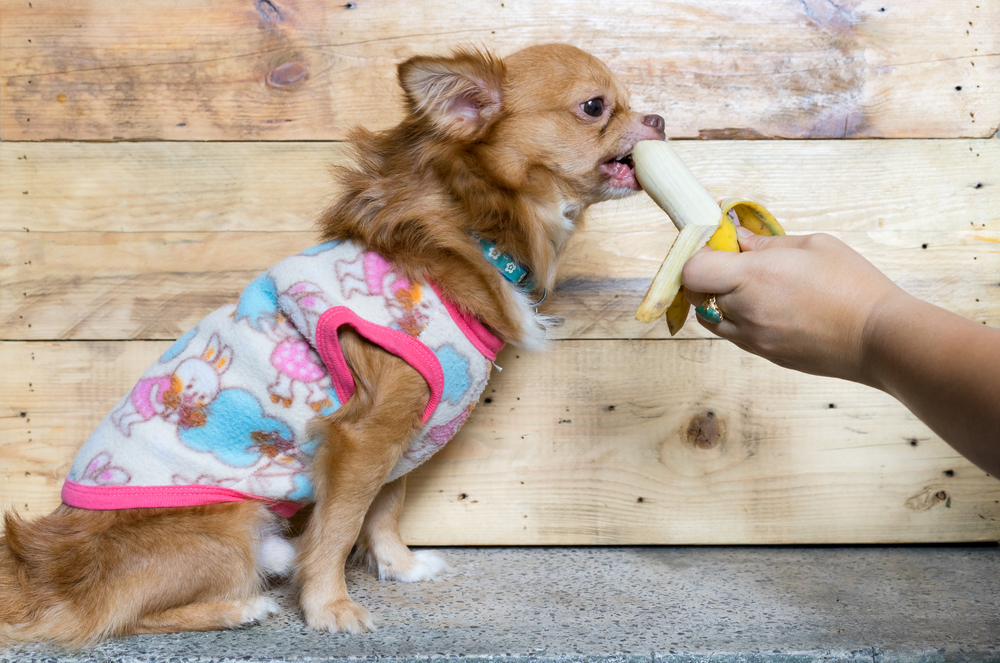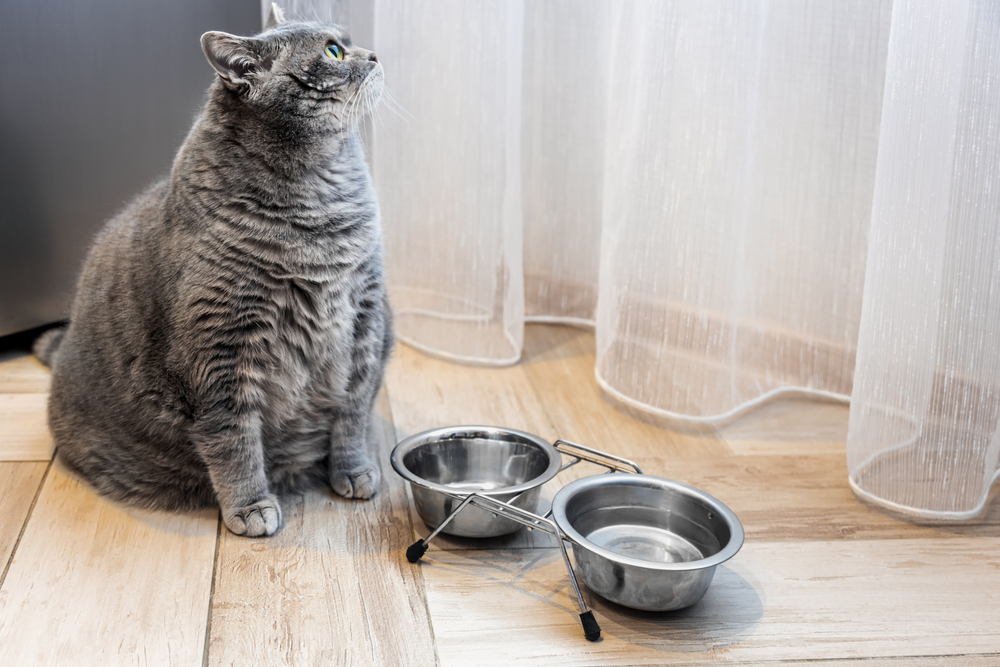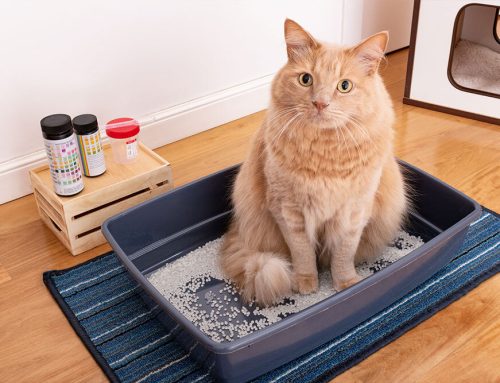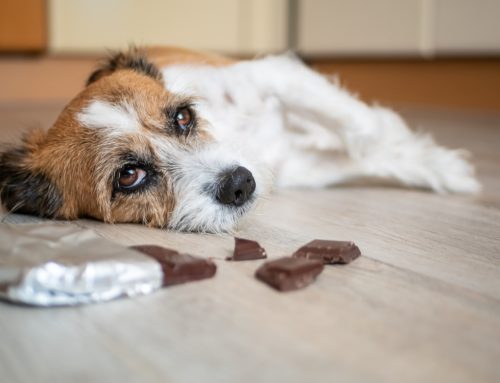One of the biggest problems with obesity in pets is that pet owners are often unaware their furry pals are carrying extra weight. If they don’t realize their pet is overweight, then pet owners fail to take action to help them achieve a lean body condition, which can create a cascade of health consequences.
To help your furry pal live a long, happy, healthy life, learn how to identify and manage obesity in pets. It’s a proven fact that pets who maintain a lean body condition live longer than their heavier counterparts, so let’s get serious about your furry friend’s weight loss goals. Here are five tips to help your pet live their fittest life possible.
#1: Determine your pet’s body condition score
When figuring out whether your pet is overweight, you need more information than the scale can provide. In fact, the number on the scale is not that helpful, except when it comes to providing a monthly progress marker. A much better assessment of your pet is their body condition score. This value is determined by looking at your pet as an individual, rather than by assigning an ideal weight range based on their breed.
A pet with an ideal body condition will have a discernible waistline and abdominal tuck, and easily palpable ribs. If you have to press forcefully to feel your pet’s ribs or see a sagging abdomen or rounded waist, your furry pal is too heavy. To determine where your pet falls on the body condition chart, ask our Driftwood Animal Hospital team for help.
#2: Calculate your pet’s caloric requirements
Knowing how much your pet needs to eat is half the battle when it comes to managing their weight. All too often, pet owners feed their pets much more than they need. If you routinely keep your pet’s food bowl filled, don’t accurately measure portions, or hand out too many treats, then you need to calculate how many calories your furry pal actually needs. You may be surprised at the difference between how much they need and how much they’re eating.
#3: Step up your pet’s activity
Ensuring your pet burns more calories than they’re consuming is key to weight loss. If your four-legged friend resembles a furry potato most days, it’s high time you increase their activity. Discover what your pet enjoys doing the most and incorporate that activity into your daily routine.
Give the following activities a shot:
- Fetch
- Hiking
- Jogging
- Training sessions
- Canine sports (e.g., agility, disc dog, dock diving, flyball, treibball)
- Tug-of-war
- Stalk and pounce
- Hide-and-seek
- Indoor agility
- Interactive play
#4: Make healthy treat choices for your pet

If you’re not a fan of pizza crust, do you toss the leftovers to your drooling dog? Or, does your cat convince you to share your well-marbled steak? Foods that are high in carbohydrates, fat, sugar, and calories are best avoided when it comes to managing your furry pal’s weight. Not only can these types of food pack on the pounds, but they also can lead to serious health problems, like pancreatitis or diabetes.
Instead of tossing your pet a fattening snack, opt for healthier, yet still tasty, alternatives. Fresh foods are excellent options and provide a plethora of essential vitamins, minerals, and antioxidants. Offer your pet small bites of:
- Apples
- Bananas
- Melons
- Berries
- Carrots
- Green beans
- Squash
- Sweet potato
- Broccoli
- Lean meats (e.g., chicken or turkey breast, salmon)
Hard fruits and veggies should be steamed or roasted to avoid choking hazards, and all meat should be cooked appropriately. Avoid seasonings, bones, and toxic foods, like grapes and raisins.
#5: Schedule a physical exam for your pet
Before beginning a diet and exercise program to help your pet shed extra pounds, ensure they are healthy and able to handle increased activity. A physical exam can reveal health problems that will require an adjustment to your plan to ensure your pet’s health and safety.
Many health conditions can interfere with your pet’s weight loss and ongoing management. Arthritis, hypothyroidism, Cushing’s disease, diabetes, dental disease, and various other problems can make it difficult to exercise, eat, and use energy successfully. If the diet and exercise plan you designed for your pet seems to be failing, schedule a physical exam to see if there is an underlying health problem.
Losing weight in a healthy manner can be tough, and keeping those pounds away can be even more challenging. If your pet needs help reaching—and maintaining—their ideal body condition, schedule an appointment with our Driftwood Animal Hospital team.








Leave A Comment